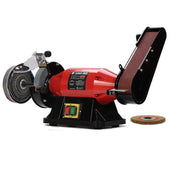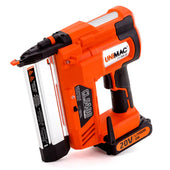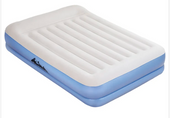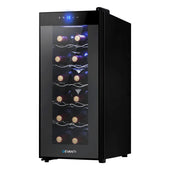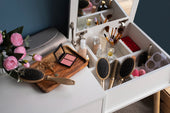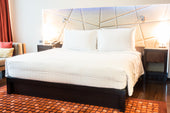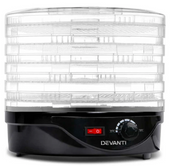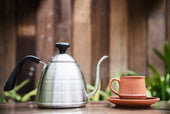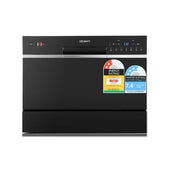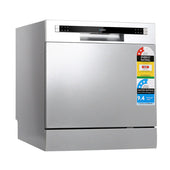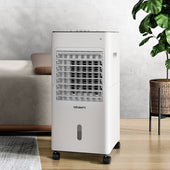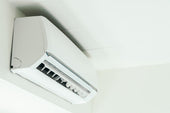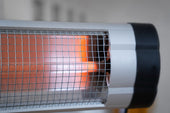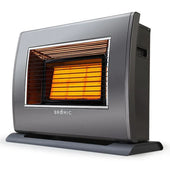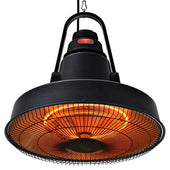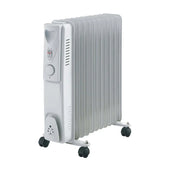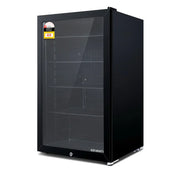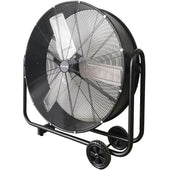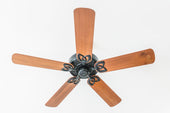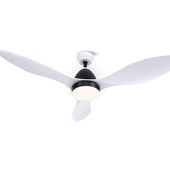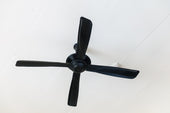Introduction: Understanding Bedside Table Styles
Choosing the perfect bedside table begins with understanding the variety of styles available during days. Modern designs often feature clean lines, minimalist aesthetics, and materials like metal, glass, or wood with sleek finishes. Traditional options emphasise craftsmanship, intricate details, and rich wood tones, incorporating timeless elegance. Transitional styles blend elements of both, offering versatility for diverse decor themes.
Bedside tables can further differ based on functionality, with options offering cabinetry, drawers, or shelves for storage. Size and proportion are also worth considering, as they play a crucial role in balancing the space. A choice hinges on practicality, personal taste, and room aesthetics.
Features of Modern Bedside Tables
Modern bedside tables are designed with a strong emphasis on functionality and contemporary aesthetics. They often include built-in features tailored to modern living needs.
- Integrated Charging Ports: Many modern designs come equipped with USB ports or wireless charging pads for seamless gadget charging.
- Minimalist Design: Clean lines, sleek finishes, and neutral colour palettes dominate, allowing them to blend with various décor styles.
- Multi-Functional Drawers: Soft-close drawers and open shelves provide optimal storage solutions.
- Smart Features: Some models incorporate sensors or nightlights for enhanced convenience.
- Durable Materials: Premium wood, tempered glass, and metal improve longevity while maintaining elegance.
These elements make modern bedside tables both stylish and practical, reflecting current lifestyle demands.
Design Elements of Traditional Bedside Tables
Traditional bedside tables typically showcase craftsmanship rooted in timeless design. They often feature rich, natural materials such as solid wood, including oak, cherry, or mahogany, offering durability and warmth. Common design elements include ornate carvings, moulded edges, and turned legs, adding a touch of elegance.
Decorative hardware, like antique brass or bronze drawer pulls, is a typical addition, enhancing their vintage appeal. Many traditional pieces incorporate functional drawers or shelves, ideal for discreet storage. Traditional aesthetics may also include curved silhouettes, panelled sides, and detailed inlays, invoking a sense of sophistication and classical charm.
Materials and Build Quality: Modern vs Traditional
Modern bedside tables often feature sleek designs crafted from materials like tempered glass, metal, or engineered wood, emphasising minimalism and durability. These materials lend themselves to clean edges and smooth surfaces, ideal for contemporary aesthetics and easier maintenance.
Traditional bedside tables, on the other hand, tend to favour solid wood, often showcasing rich finishes such as oak, walnut, or mahogany. Their craftsmanship often includes ornate detailing, carved patterns, or antique-style hardware, which highlight their timeless appeal.
While modern options prioritise functionality and versatility, traditional tables excel in sturdiness and intricate artistry. Choosing between them often depends on personal preferences and how closely the material suits the room's overall design theme.
Functionality and Storage: Comparing Practicality
When evaluating bedside tables, functionality and storage are paramount considerations. Traditional styles often feature a combination of drawers and shelves, catering to those needing organised compartments for books, medications, or night-time essentials. Their robust construction typically supports heavy items, ideal for long-term use.
On the other hand, modern designs prioritise sleekness, sometimes limiting storage to a single drawer or a minimalist open shelf. Their lighter, streamlined form complements smaller spaces but may sacrifice versatility in favour of aesthetics.
While traditional tables emphasise practicality with ample storage, modern options appeal to individuals seeking a clutter-free, contemporary look.
Aesthetic Appeal: Matching Your Bedroom Decor
Choosing a bedside table that complements your bedroom decor can greatly enhance the space's overall ambiance. Consider the existing colour scheme, materials, and furniture style when making your selection. A traditional wooden bedside table works well with classic or rustic decor, blending seamlessly with wood-paneled wardrobes or antique bed frames. Alternatively, modern bedside tables with sleek designs, glass surfaces, or metallic finishes suit contemporary bedrooms featuring minimalist or industrial-inspired elements.
Pay attention to details such as handles, finishes, and accents. A bedside table with brass or matte hardware can harmonise with other decor features like light fixtures or mirror frames. Coordinating these elements ensures cohesion in design.
Space Considerations: Compact vs Classic Designs
Choosing between compact and classic bedside table designs often depends on the available space and functional needs. Compact models excel in smaller bedrooms, as they maximise functionality while utilising minimal floor space. These designs often incorporate sleek lines, integrated storage such as drawers or shelves, and are tailored to provide just enough surface area for essentials like lamps or alarm clocks.
Classic designs, on the other hand, typically require more room but offer expansive storage options. They often feature larger tabletops, multiple drawers, and intricate details. Homeowners with spacious bedrooms may find these tables more robust and visually cohesive with traditional décor.
When deciding, evaluating room dimensions and specific storage needs is essential. Classic designs complement large, elegant setups, while compact styles suit modern, minimalist interiors effortlessly.
Budget-Friendly Options: Modern and Traditional Choices
Affordable bedside tables come in various styles, lending both functionality and charm. For modern options, consider pieces with clean lines, minimalistic aesthetics, and materials like laminate, MDF, or metal. Floating bedside tables are particularly trendy and space-saving.
Traditional lovers may prefer wooden bedside tables crafted from pine or engineered wood, often featuring brass handles or intricate carvings for classic appeal. Pre-owned tables found at second-hand furniture shops or online marketplaces are cost-effective and eco-friendly.
Prioritising multi-functional designs, such as units with built-in storage or open shelving, offers great value without compromising aesthetics, blending practicality and style.
Longevity and Durability: Which Style Stands the Test of Time?
When assessing bedside tables for longevity, traditional designs often showcase superior durability due to their craftsmanship and use of solid materials such as oak or mahogany. These pieces are built to endure wear and tear, often passed down through generations.
Modern bedside tables excel in innovation, frequently incorporating materials like tempered glass, engineered wood, or metal. While visually striking, maintenance and repair can be challenging compared to traditional alternatives.
The style’s ability to withstand trends also matters. Classic designs ensure timeless appeal, whereas modern styles risk becoming dated as interior trends evolve. Buyers should weigh durability against evolving preferences for a well-rounded decision.
Environmental Impact: Sustainability in Design
Sustainability plays a critical role in the design and manufacturing of bedside tables. Buyers should consider materials sourced responsibly, such as reclaimed wood or bamboo, which exhibit eco-friendly properties. Understanding production methods is essential; fewer emissions and energy-efficient processes reduce carbon footprints significantly.
Modern designs often utilise recyclable metals or innovative composites, aligning with sustainable goals. Traditional designs, while typically using solid wood, can contribute to deforestation if not sourced ethically. Brands adhering to green certifications, such as FSC or ISO 14001, demonstrate commitment to environmental responsibility.
Choosing durable, long-lasting options minimises waste, promoting eco-conscious decisions in home furniture purchase.
How to Choose Based on Personal Preference
When selecting between modern and traditional bedside tables, personal preference plays a crucial role. Consider the following factors to guide your decision:
- Style Alignment: Evaluate the existing décor of the bedroom. A modern bedside table with clean lines and minimalistic design complements contemporary interiors. Conversely, ornate details and rich wood textures better suit traditional settings.
- Functionality Needs: Determine functional requirements. A modern table may emphasise sleek storage solutions, while traditional options often provide spacious drawers for personal items.
- Emotional Connection: Reflect on materials and aesthetics that feel meaningful. For example, reclaimed wood traditional designs may evoke nostalgia, while modern glossy finishes offer sophistication.
- Colour and Finish: Ensure the bedside table’s colour harmonises with the overall room palette, enhancing cohesiveness.
Conclusion: Finding the Perfect Bedside Table for Your Lifestyle
Selecting the right bedside table involves considering aesthetics, functionality, and how it complements daily routines. An individual’s lifestyle should dictate the features prioritised, such as size, storage options, or design compatibility with existing furniture. Those with limited space may benefit from compact tables with vertical storage, while others may prefer single-surface tables for simplicity and efficiency.
Materials play a crucial role; solid wood is durable and timeless, while glass or metal caters to contemporary tastes. Additionally, features like drawers, shelves, or adjustable heights can enhance usability. Matching your table to your bedroom décor ensures harmony in both style and purpose.


